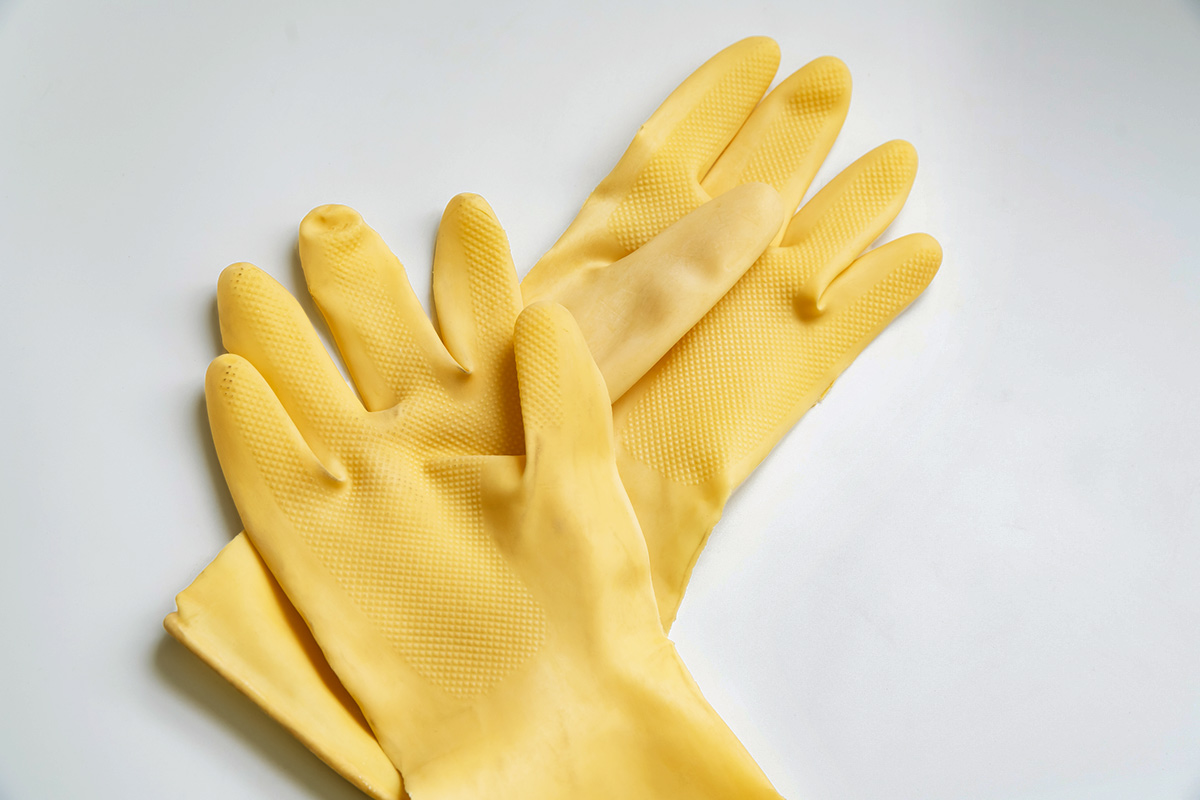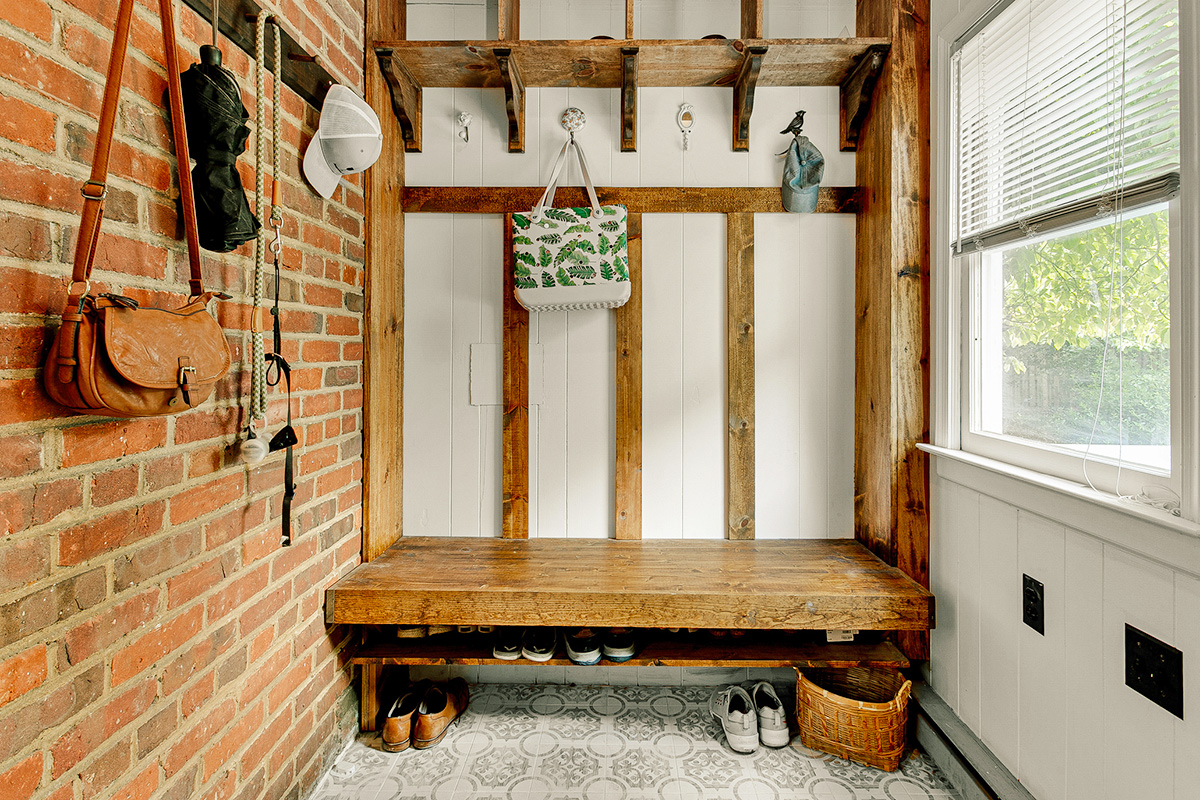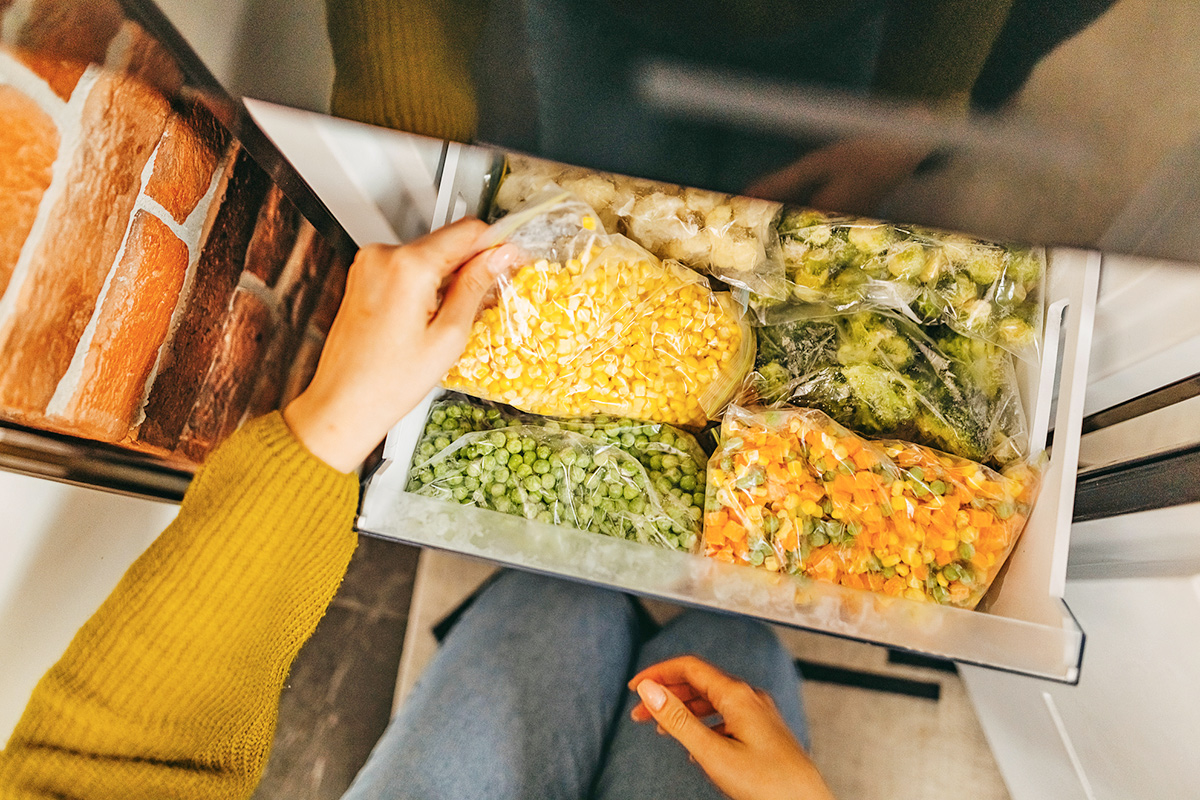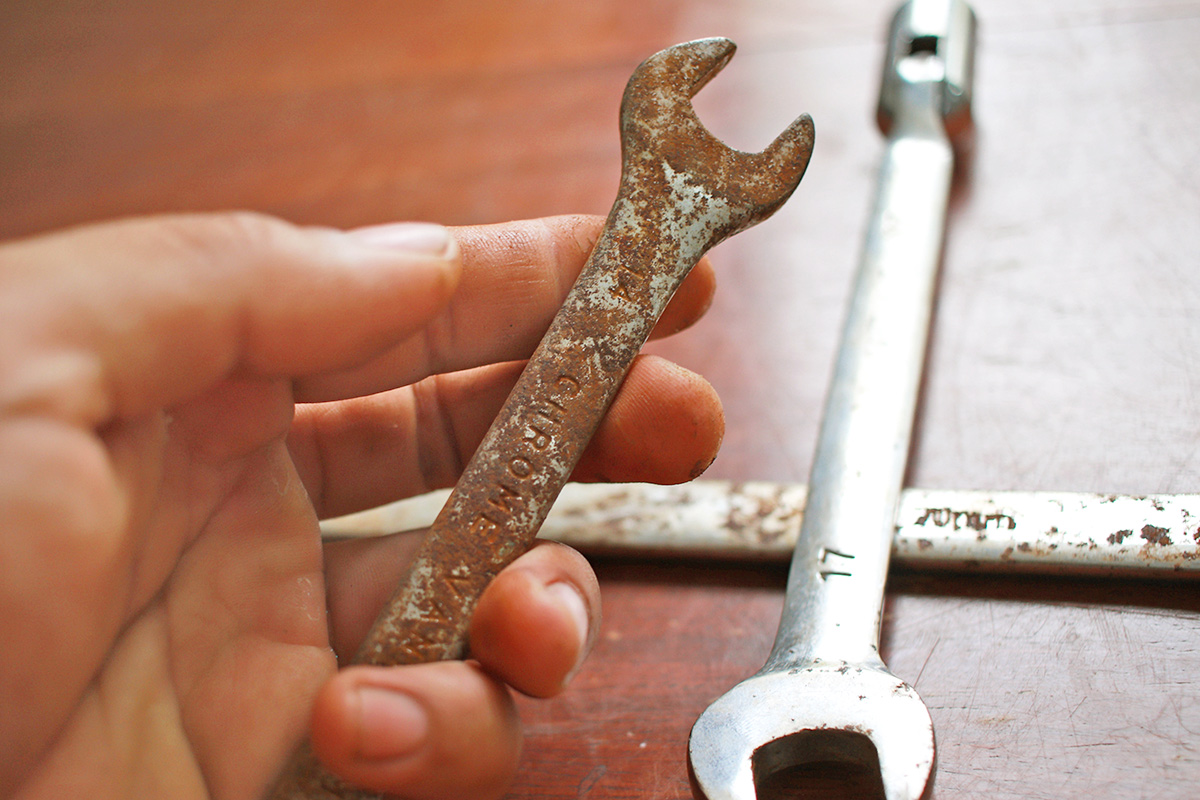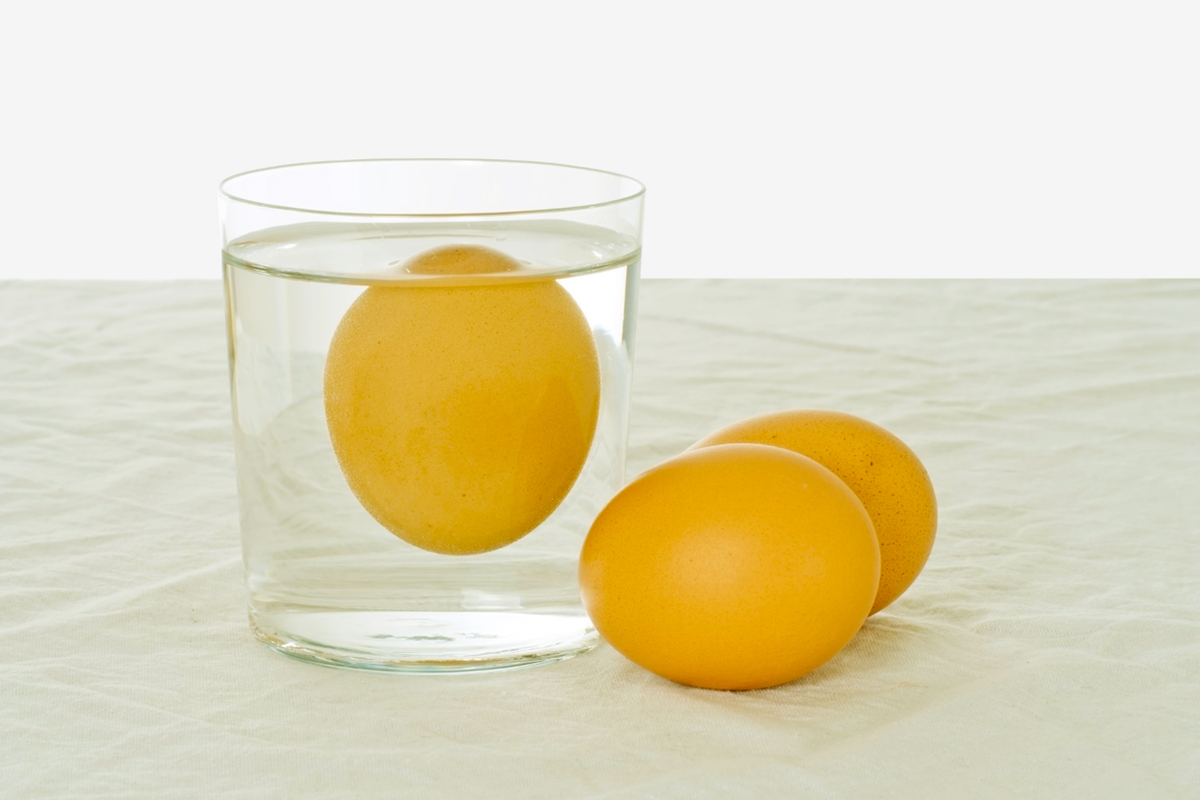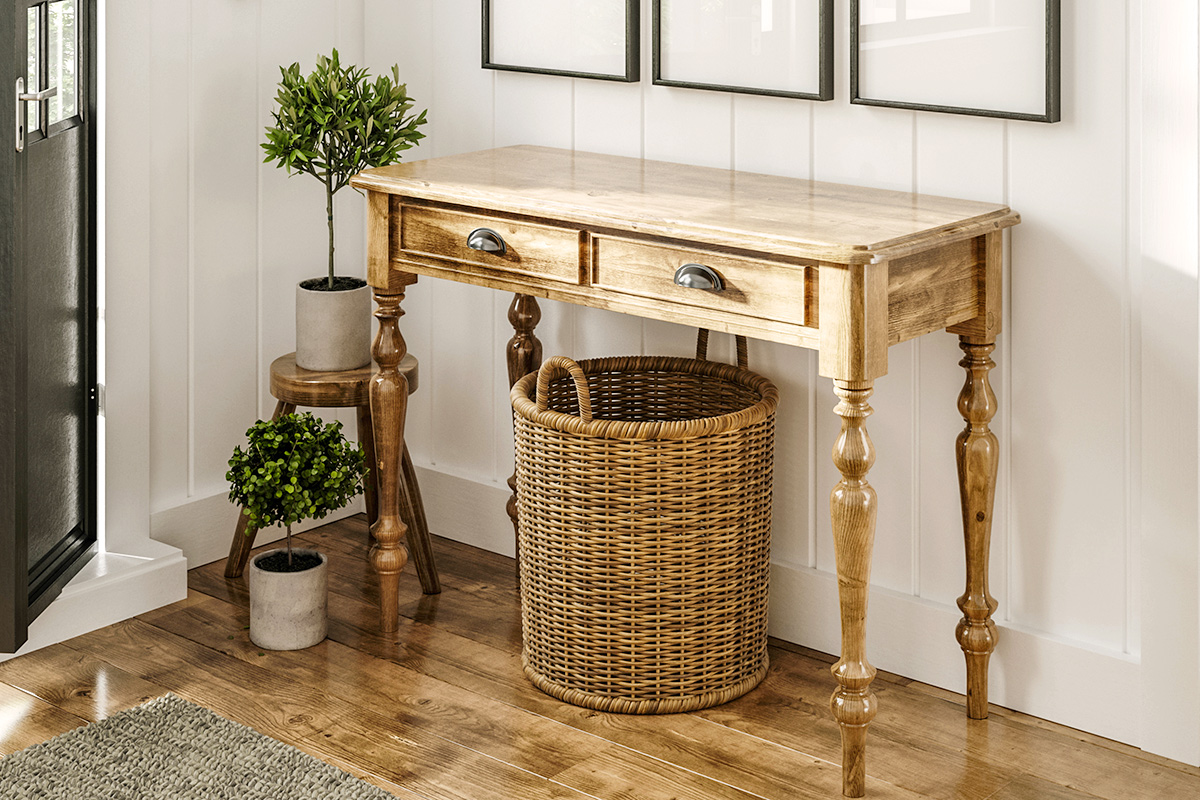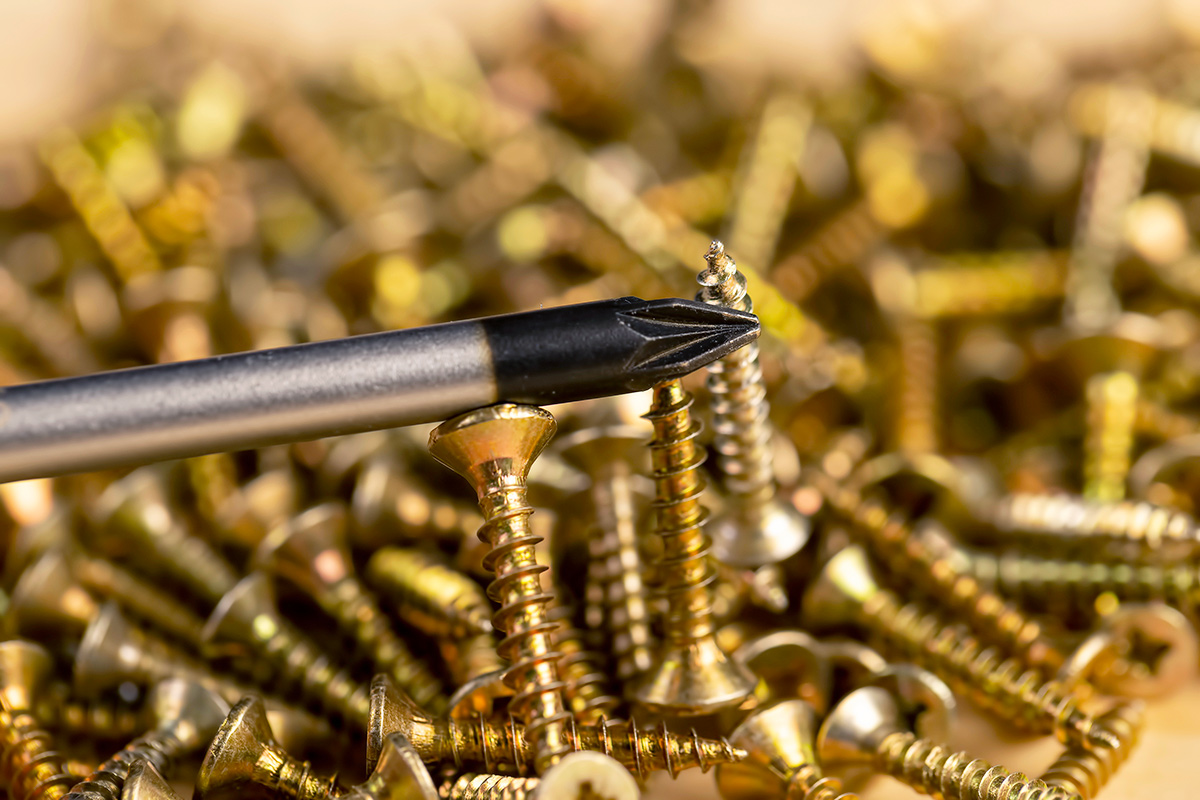Pet hair is the bane of every cat and dog parent’s existence. It feels like it’s everywhere at all times, and it’s especially tricky to remove from soft or upholstered furniture. But there’s an easy solution for this, and it’s something you probably already have in your kitchen. That’s right — you can use good…
Harnessing Friction
This trick works because of the friction created between the rubber glove and the fabric. The friction generates static, causing pet hair (along with any other small, lightweight debris that might be hiding in the furniture) to stick to the glove.
You can use this hack on anything with a soft texture that might be harboring hair, including your sofa, rug, car seats, or curtains. Use your fingers to get into hard-to-reach places that other cleaning tools can’t access, such as between sofa cushions or behind car seats.
Take It to the Next Level
For especially hairy furniture, you can add a very small amount of water to the gloves; this helps them attract even more hair. (Just don’t add too much — the gloves should be damp, not wet.) If you want to take things up a notch, consider buying rubber gloves with built-in scrubbers. Their silicone nubs are great for catching stubborn strands.
More from our network
House Outlook is part of Optimism, which publishes content that uplifts, informs, and inspires.
You can also take steps to minimize the problem at the source. While you’ll never be able to completely stop pets from shedding, you can make sure you’re grooming them regularly to gently remove dead hair before it gets all over your house. Make sure you’re giving dogs regular baths; you can even use grooming gloves, but go very slowly and gently, and stop if your dog seems stressed. Cats don’t need to be bathed regularly, but can benefit from gentle brushing with a wire brush (or a soft-bristled brush for more sensitive souls).







